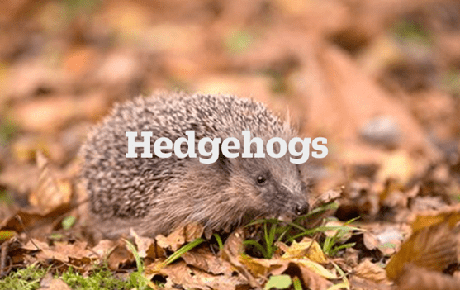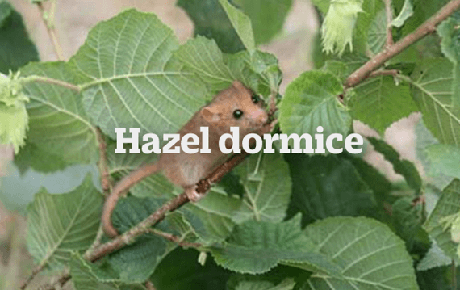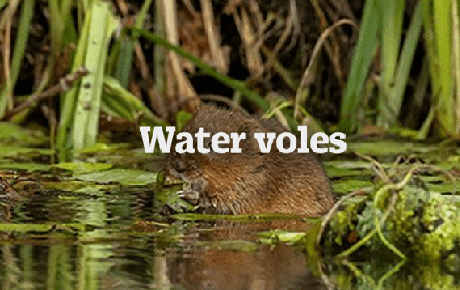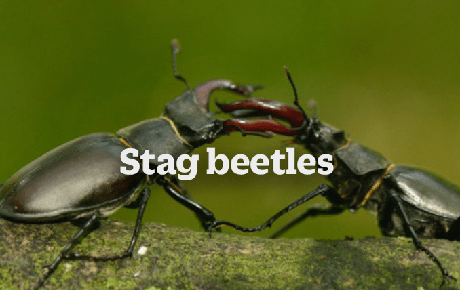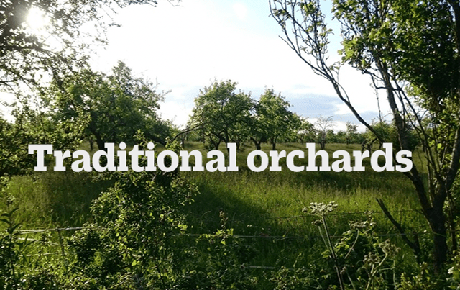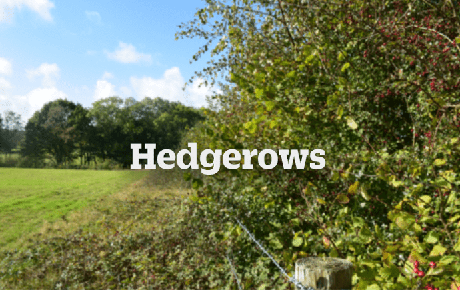Planning, Development and Biodiversity
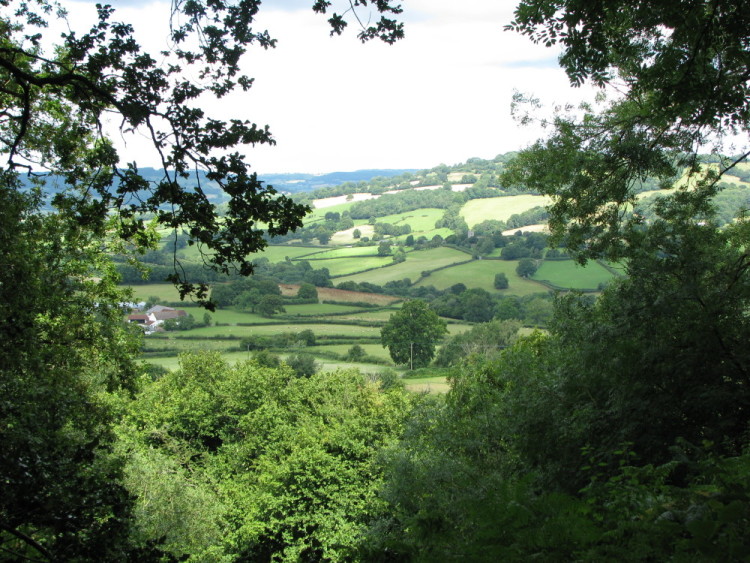
Building is inevitable with a growing population but if done sensitively we can ensure there is space for wildlife too.
We are often asked about planning decisions, how to object to them and how to influence them.
Background
The need to build more roads and houses is inevitable with a growing population. But these developments use up space and have the potential to impact wildlife. Careful planning can ensure that wildlife still has access to the habitat it needs and that connectivity between different habitats is maintained.
We do sometimes offer general advice to developers, for example on managing a development site for hedgehogs. We also receive specific queries about planning: how to object to an application, how to ensure wildlife is not destroyed during development, and what sort of mitigation is appropriate. For these we can only offer some guidance, depending on the species or habitat affected.
These pages will help you find the information and steps that you can take to reduce the impact on wildlife from development. Unfortunately we don’t have the staff resource or the funding to personalise responses to most planning applications, but with our guidance you should be able to help the wildlife in your local area.
What planning work we’re doing
We work closely with wildlife groups and coalitions to affect governmental policy at the highest levels. We are a member of Wildlife and Countryside Link, an umbrella body for Non Governmental Organisations with an environmental focus. The members include all of the large and many smaller wildlife and environmental organisations. WCL advocates for strong legislation, highlights gaps, resists weak policies, and holds government to account for its promises and targets.
What you can do
There are several steps you can take to respond and object to planning decisions. Responses and objections to planning applications must be based on a legal principle rather than anecdotes or personal feelings.
Objections on the basis of the presence of particular species or habitats require evidence. One of the best ways you can help protect wildlife from development is by recording the wildlife you see.
You can record sightings of dormice, hedgehogs and stag beetles through our online forms, as well as take part in the national surveys we run – find out more here.
Alternatively, the best place to record your sightings is with your Local Environmental Record Centre (LERC) as they will then be able to add it to their records, as well as feed the information into national recording schemes. You can find out who your LERC is by using the map on the Association of Local Environmental Record Centres website.
Key species and habitats
Different species and habitats have varying levels of protection. The Partnership for Biodiversity in Planning provides an excellent resource for advice on protected and priority species, including information on their legal protection, survey information, mitigation, habitat enhancement, post-development monitoring, licencing and references.
PTES focuses on certain priority species and habitats. Please find below information about our priority species and habitats and how they relate to planning decisions.
Click through for more planning information and legislation of our key species and habitats.
Other useful resources
www.suffolkwildlifetrust.org/wilder-planning
www.biodiversityinplanning.org/wildlife-assessment-check/
www.parish-online.co.uk/map-data#NationalData (please note this has a paid subscription)
mycommunity.org.uk/nominating-an-asset-of-community-value-acv-and-community-right-to-bid
www.buglife.org.uk/resources/planning-hub/community-toolkit/

